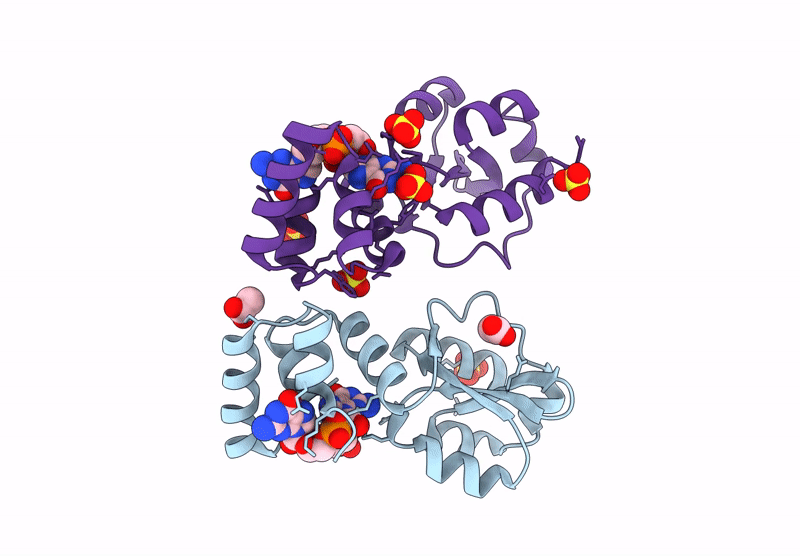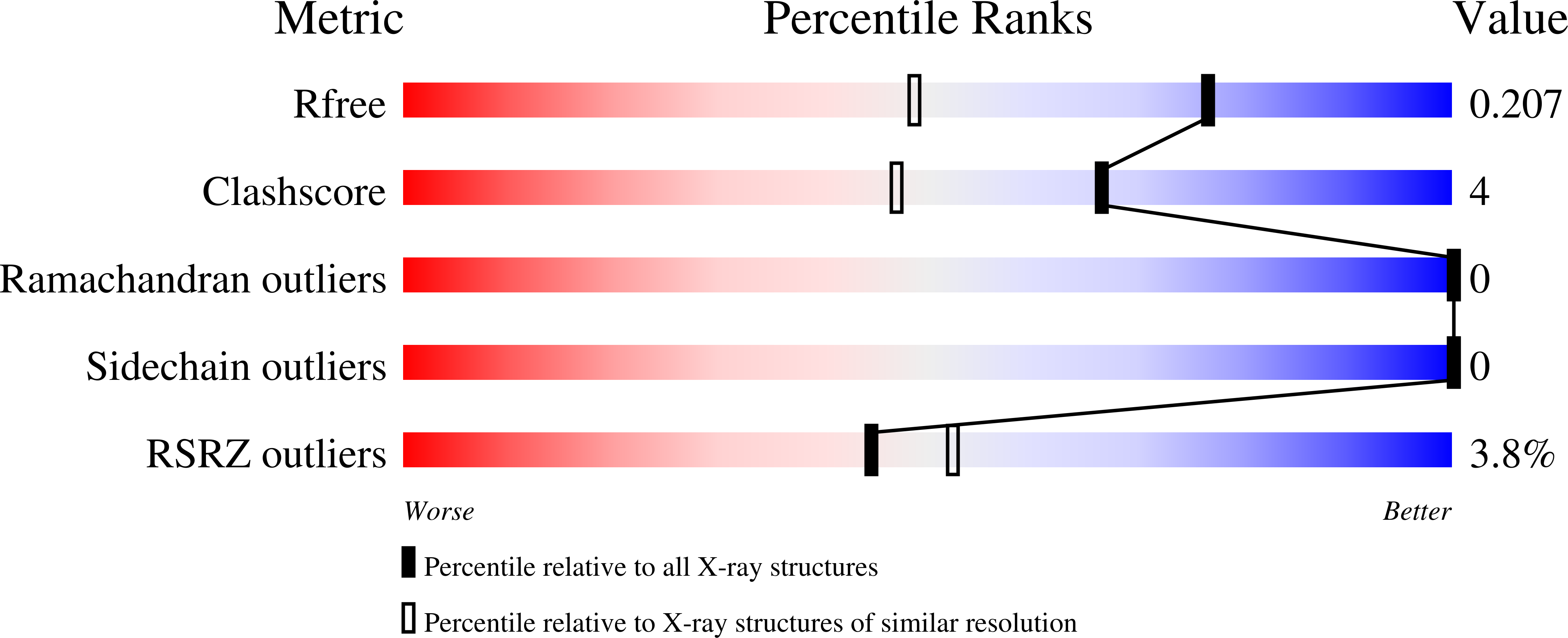
Deposition Date
2024-08-27
Release Date
2025-06-25
Last Version Date
2025-07-09
Entry Detail
PDB ID:
9GLG
Keywords:
Title:
X-ray structure of the Thermus thermophilus Q218E mutant of the PilF-GSPIIB domain in the c-di-GMP bound state
Biological Source:
Source Organism:
Thermus thermophilus HB27 (Taxon ID: 262724)
Host Organism:
Method Details:
Experimental Method:
Resolution:
1.55 Å
R-Value Free:
0.20
R-Value Work:
0.18
R-Value Observed:
0.18
Space Group:
H 3


